The Grand Tour was a rite of passage for men and women of certain wealth and status in the late 18th and early 19th centuries, taking in the best Europe had to offer.
While high prices are putting a dent in some travelers’ ambitions these days, more than two years of pent-up demand also has many globetrotters moving ahead full-throttle with grand European vacations.
And with convenient high speed rail connections and plenty of spectacular, not to mention off-the-radar, destinations on offer, there’s ample scope for the modern traveler to undertake their very own epic, cross-continental journey.
Plus, the dollar is riding high against the euro, which should mean better value for Americans in more than two-thirds of the places rounded up here.
Here are 17 of Europe’s best destinations to visit:
Picos de Europa, Spain
Home to Spain’s first national park, the Picos de Europa are one of western Europe’s most overlooked mountain ranges. Jagged limestone peaks and plunging gorges are crisscrossed by well-marked hiking trails, with deep caves enticing more intrepid travelers. The vertiginous Fuente Dé cable car offers sweeping views and access to excellent walking routes.
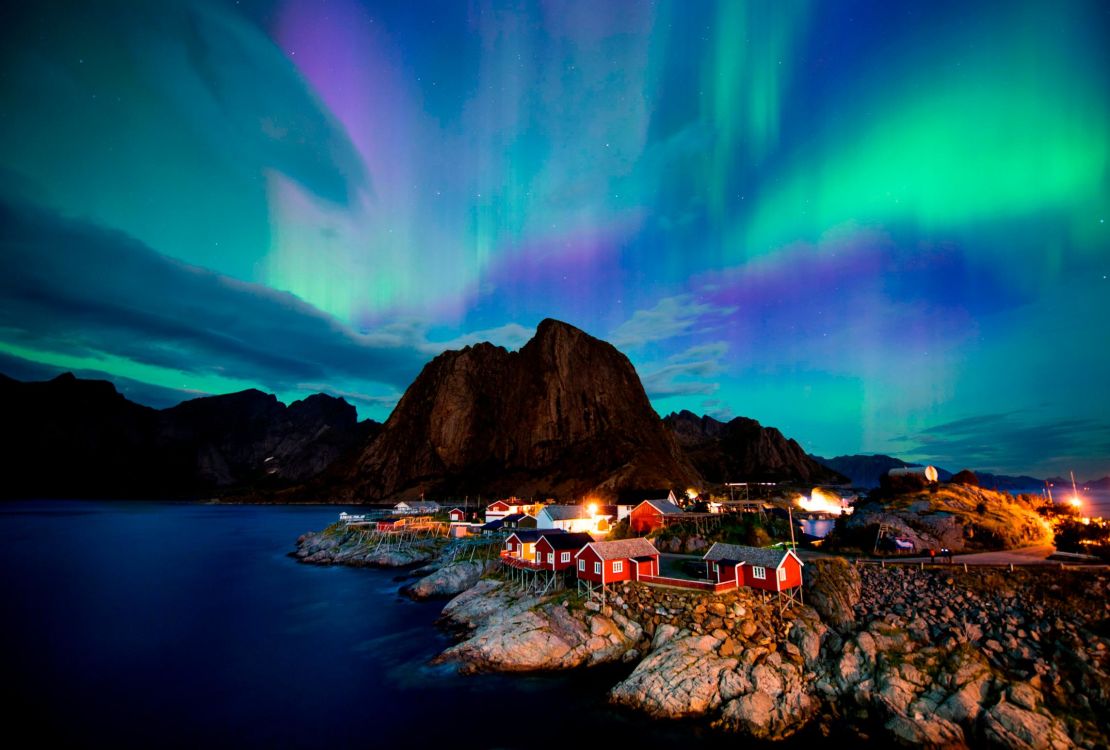
Lofoten Islands, Norway
Deep within the Arctic Circle, Norway’s Lofoten Islands are a dream destination for outdoor fanatics, nature lovers and those who prefer their adventures well off the beaten track. Come between May and July and the sun does not dip below the horizon. Visit in midwinter and the dark skies dance with aurora borealis.
The islands’ craggy mountains and crystal clear inlets are home to a huge array of seabirds and marine life, while the beaches are regarded as some of the best in the northern hemisphere for surfing.
Throw in picture-postcard fishing villages and perfectly preserved Viking archaeology and you’ve got ample reason to make the effort to get here.
Apuseni Mountains, Romania
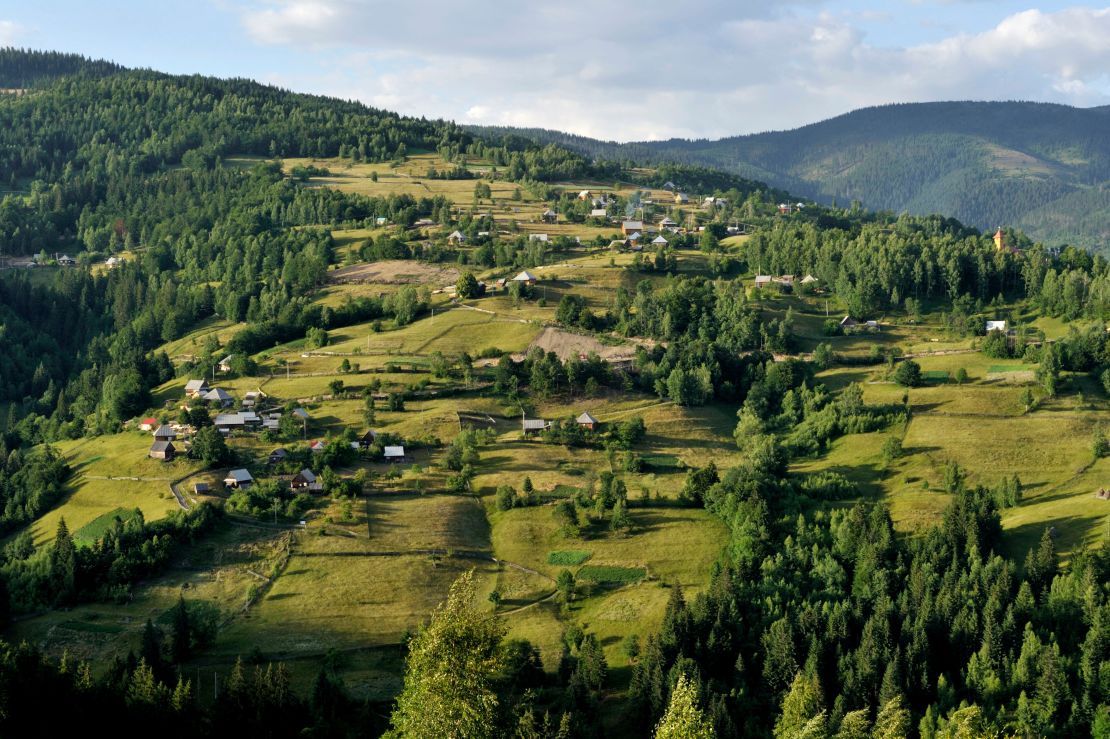
Part of the western Carpathian Mountains in Transylvania, the Apuseni make for the ideal summer break, with cooler temperatures and uncrowded paths through ancient woodland and limestone crags.
Brown bears and wolves prowl these hills, although it takes patience and a keen eye to spot them. Climbers can try a number of different protected via ferrata routes which rise from the riverbank south of the village of Vadu Crisului.
Ephesus, Turkey
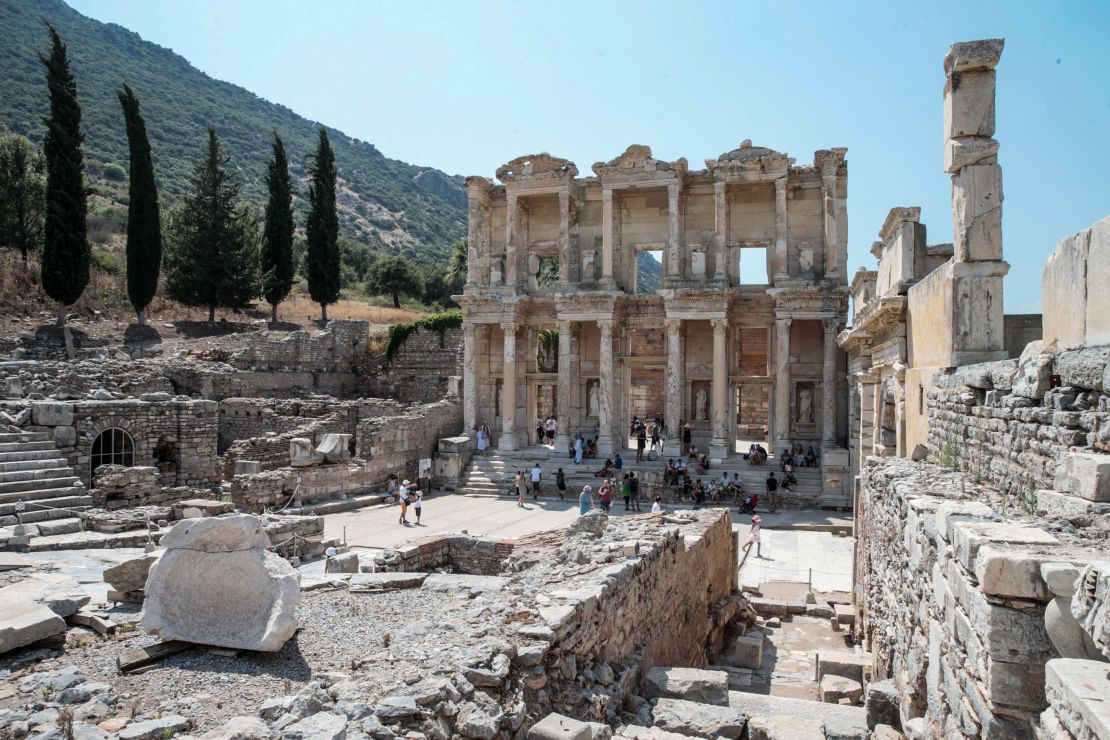
The ancient Greco-Roman city of Ephesus, located near Selçuk in modern-day Turkey, is the most complete classical city in Europe, thanks to painstaking excavation and restoration.
It pays to take a guide here, as there’s a huge amount that can be easily missed. The 2nd-century Library of Celsus is the most famous of the ancient metropolis’ sights, closely followed by the main thoroughfare of the Curetes Way and the vast Great Theater. The latter could apparently seat 25,000 people, with Saint Paul believed to have preached there.
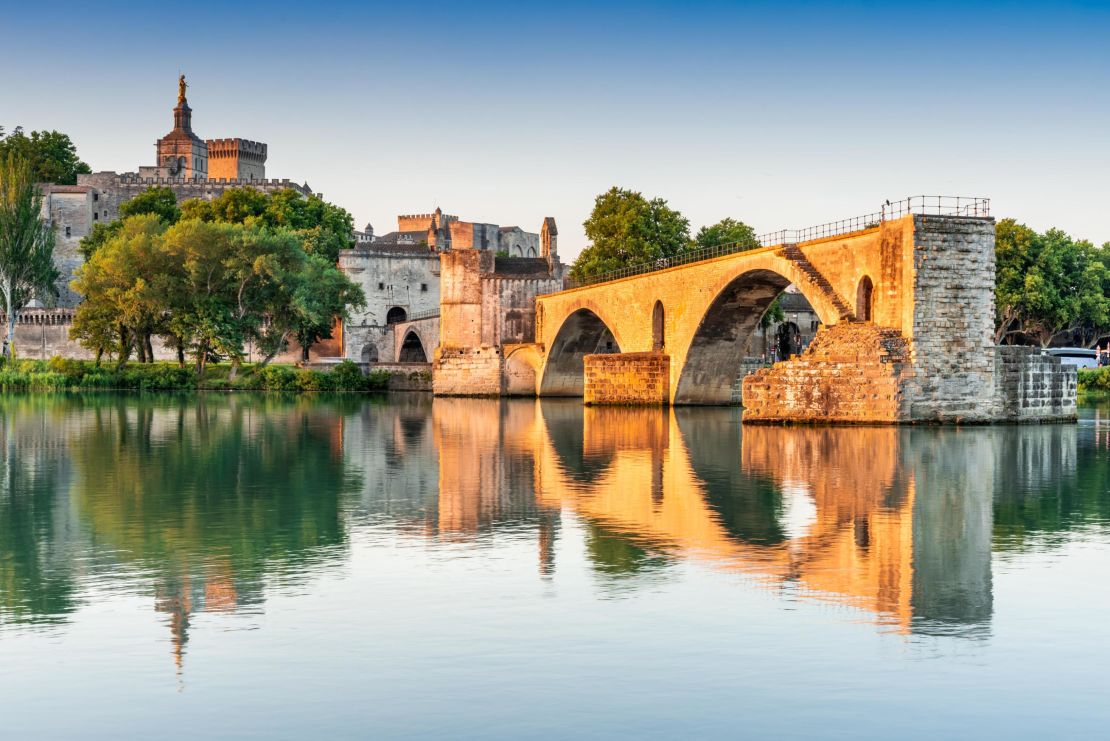
Avignon, France
For a city with fewer than 100,000 residents, Avignon has an incredible abundance of both historical and cultural attractions.
Having played home to the papacy during the 14th century, the Papal Palace, 12th-century cathedral and the ruins of the Pont Saint-Bénezet (of “Sur le pont d’Avignon” song fame) make it worth spending more than just a couple of days here.
Its annual arts festival, held each July, is one of Europe’s biggest cultural events. Add in casual wine bars selling the best tipples from across Provence, and there’s no reason to rush home.
The Portuguese capital’s food scene has boomed in recent years, making it a go-to for those who hit the road with the sole purpose of eating and drinking.
Lisbon, Portugal
The Time Out Market plays host to a variety of small stalls, attracting about 4 million visitors a year before the pandemic. All the stalls are superb, but Marisqueria Azul is ace for seafood and Café de São Bento does a fine line in steaks.
For classic pastéis de nata (custard tarts), Pastéis de Belém is ground zero: it’s here where the sweet treats were first made. Ultra hip Park, found on the top of a multi-story parking lot, is the perfect place for sundowners.

Dingle Peninsula, Ireland
The Dingle Peninsula, in County Kerry on Ireland’s southwest coast, is paradise for those who like their trips active and adventurous.
Mount Brandon offers a strenuous hike, rewarding walkers with views over the Atlantic and across the entire peninsula. Surfers can take to the water at Inch Beach, with waves to suit first timers or hardened pros.
The colorful streets of the small port of Dingle have plenty of bars for kicking back and easing aching joints over a pint.
Bulgaria’s second city, Plovdiv shared European Capital of Culture duties with Matera in Italy in 2019. And with good reason: the city is one of the oldest settlements in Europe.
Plovdiv, Bulgaria
The well-preserved 2nd-century Roman theater is one of the finest archaeological sites in eastern Europe, while the cobbled Old Town, with its colorful houses and warren-like streets, is made for ambling. There’s also a rich archaeological museum.
Pompeii, Italy
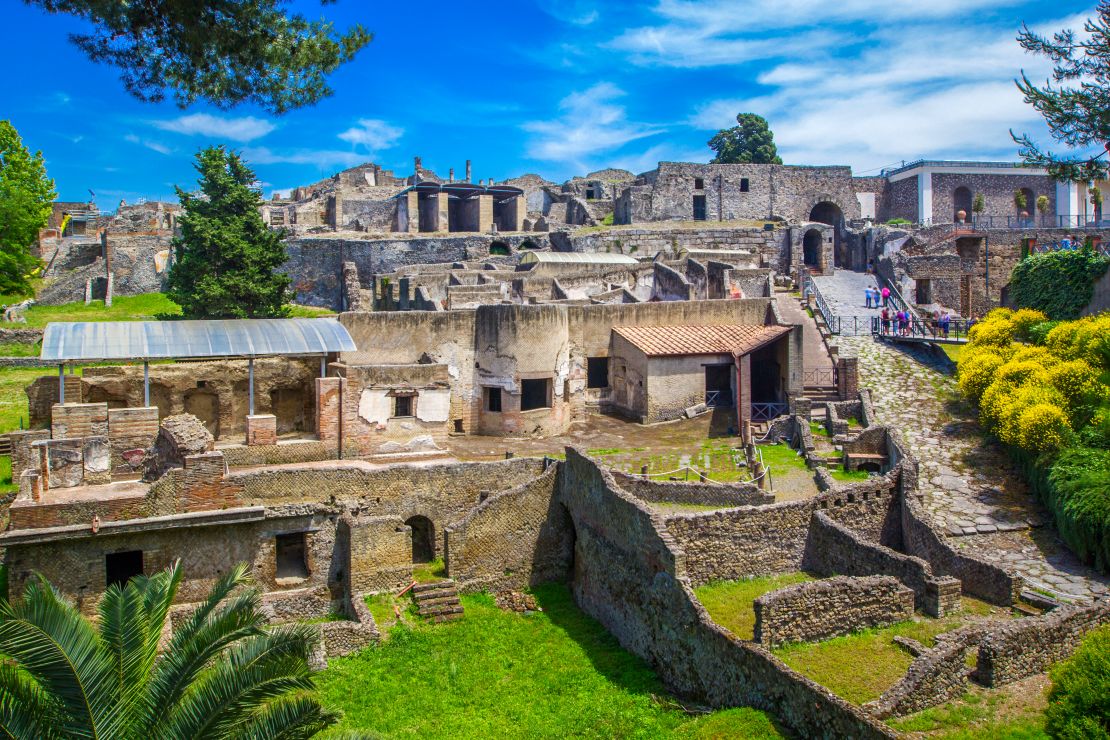
Typically pulling in more than 2.5 million visitors a year, there’s rarely a quiet time to visit Pompeii. But that doesn’t mean it’s not worth making as much time for it as possible when in southern Italy.
The perfectly preserved ancient city, buried under ash when Mount Vesuvius erupted in AD 79, is unlike anything else in Europe. It’s possible to see exactly how life was lived before the disaster, from the graffiti on the walls to the utensils used by the city’s people. The baths, forums and villas are just as they were almost 2,000 years ago.
The UNESCO-protected Acropolis is the most obvious, not to mention most popular, sight in Athens. Its ancient ruins are a huge draw, with the attached museum one of the most fascinating in Europe.
Athens, Greece
But with sightseeing out of the way, Greece’s capital has plenty more to offer. The edgy, graffiti-covered neighborhood of Exarcheia is the perfect spot for grabbing a coffee on a street corner or catching jazz in a smoky bar. Just be aware that the creep of gentrification isn’t beloved by all the locals.
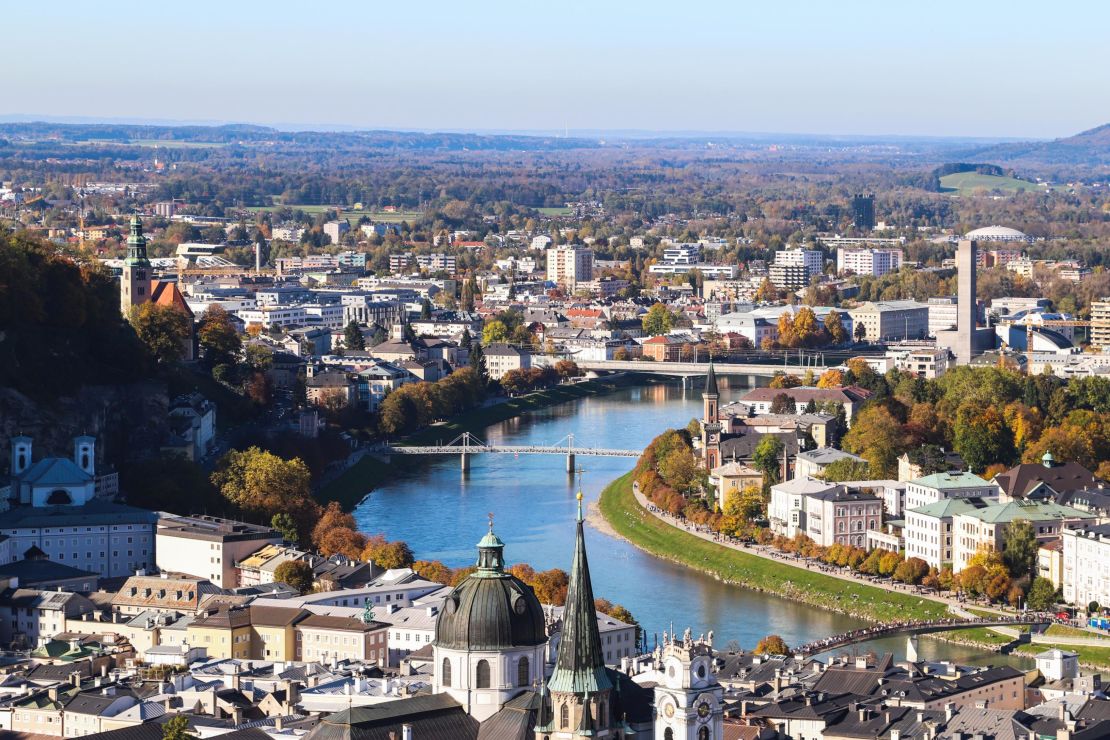
Salzburg, Austria
With the Alps looming over the 11th-century Hohensalzburg Fortress and array of beautiful palaces and churches, Salzburg is arguably the most picturesque city in central Europe.
Protected by UNESCO, the modern world feels pleasingly elsewhere. The city’s most famous son, Mozart, vies for tourist attention with “The Sound of Music,” which was filmed and set here.
Both are the subject of excellent city tours. Just be sure to make time to kick back and try the local beers. The Stieglbrauerei, which has been brewing Stiegl beer for over 600 years, is a great place to start.
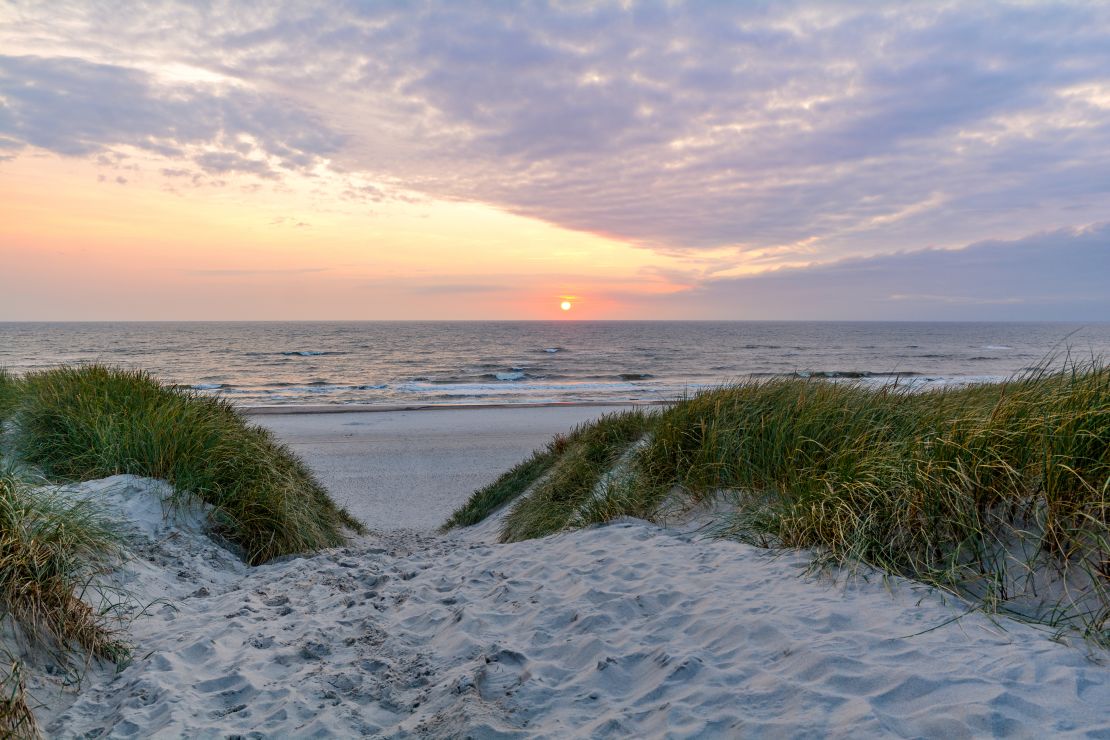
Henne Strand, Denmark
Beaches don’t come much more windswept than this. On the west coast of Jutland, Henne Strand is a holiday haven for Danes who love the outdoors.
The dunes provide plenty of shade, while the forests just inland have ample trails for walkers and wildlife watchers to explore. Throw in food at the spectacular two Michelin-starred Henne Kirkeby Kro, and this a winning alternative holiday destination.
Bruges, Belgium
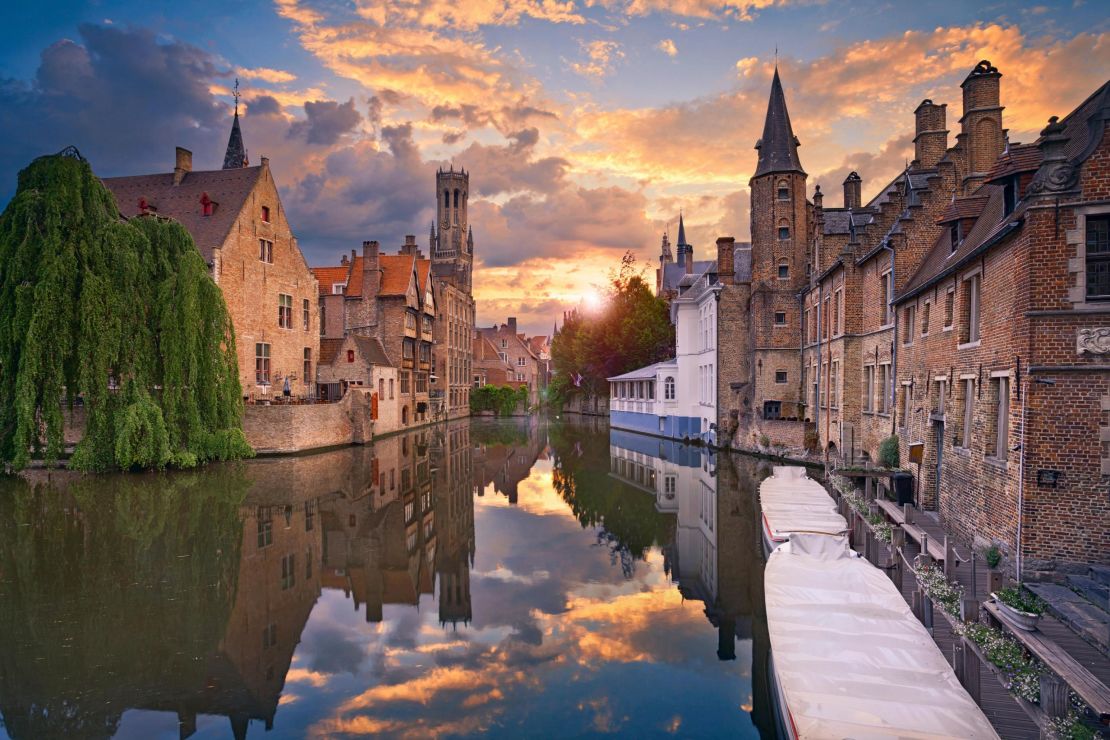
It’s very easy to fall in love with Bruges. Its medieval streets and winding canals have a distinct charm, while the Markt, the city’s main square, is the perfect place to quaff a local Belgian beer and watch the world go by.
Brave the queues and clamber to the top of the 83-meter (272-foot) Belfort, or belfry, for views over the rooftops, with the port of Zeebrugge in the distance. Bruges is small and can get crowded, so it pays to visit in winter when things are quieter, especially in January and February.
Düsseldorf, Germany
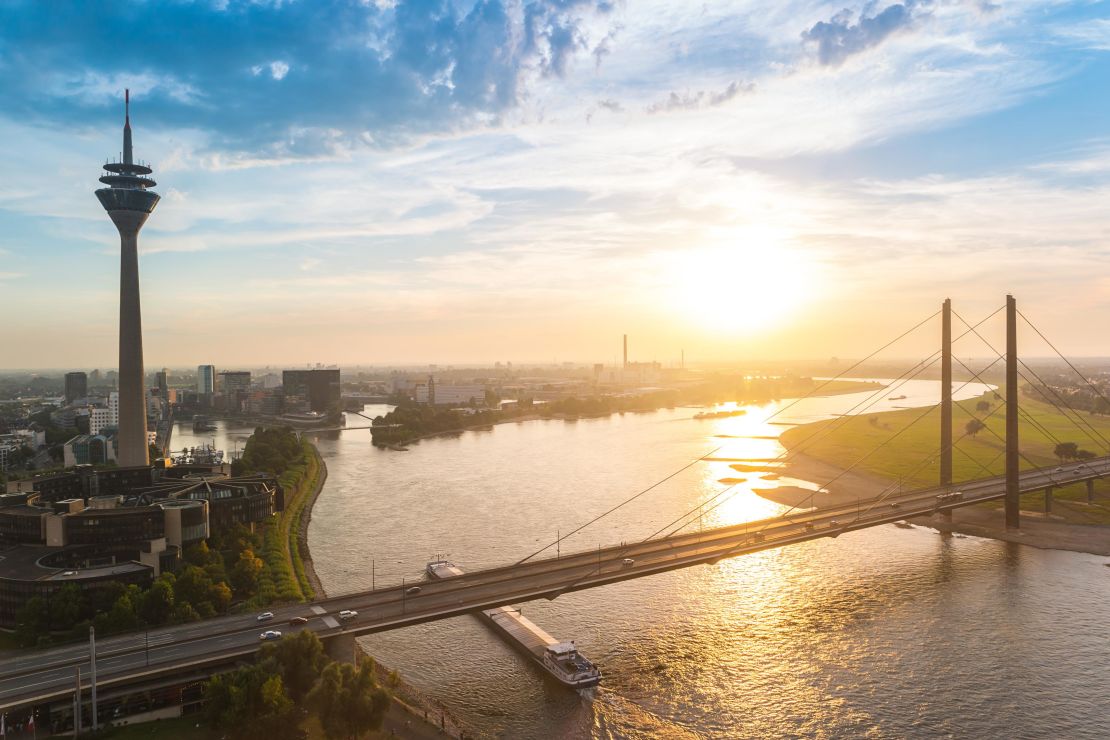
Ultra-modern Düsseldorf might not seem like the most obvious city in Germany for a Grand Tour stop off, but thanks to a booming art scene – helped in no small part by the internationally revered Art Düsseldorf art fair – it has become a go-to for Europe’s hippest travelers.
The K21 gallery, which houses modern art made after 1980 in a 19th-century parliament building, is one of the hottest attractions. Head to the Medienhafen district to check out cutting-edge architecture, including Frank Gehry’s inescapable Neuer Zollhof skyscrapers.
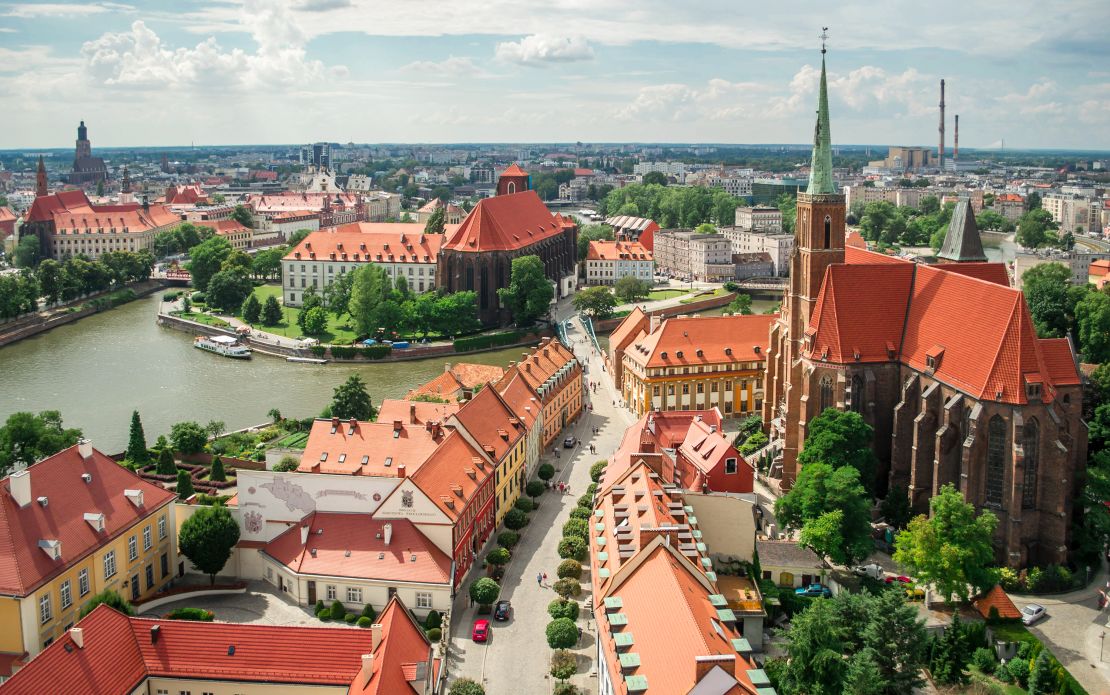
Wrocław, Poland
Krakow and Warsaw often grab the headlines, but Wrocław is a Polish city to behold, thanks to its truly superb architecture. The Gothic Old Town Hall on the city’s main square is perhaps the most famous building in town, but there are plenty more for culture fiends to spend time staring at.
The University of Wroclaw lights up the night sky on the banks of the River Oder, while the Cathedral of St. John the Baptist dominates the skyline. Be sure to head to the Racławice Panorama, a circular painting housed in a Brutalist rotunda, which celebrates the Poles’ victory over Russia in the Battle of Racławice in 1794.
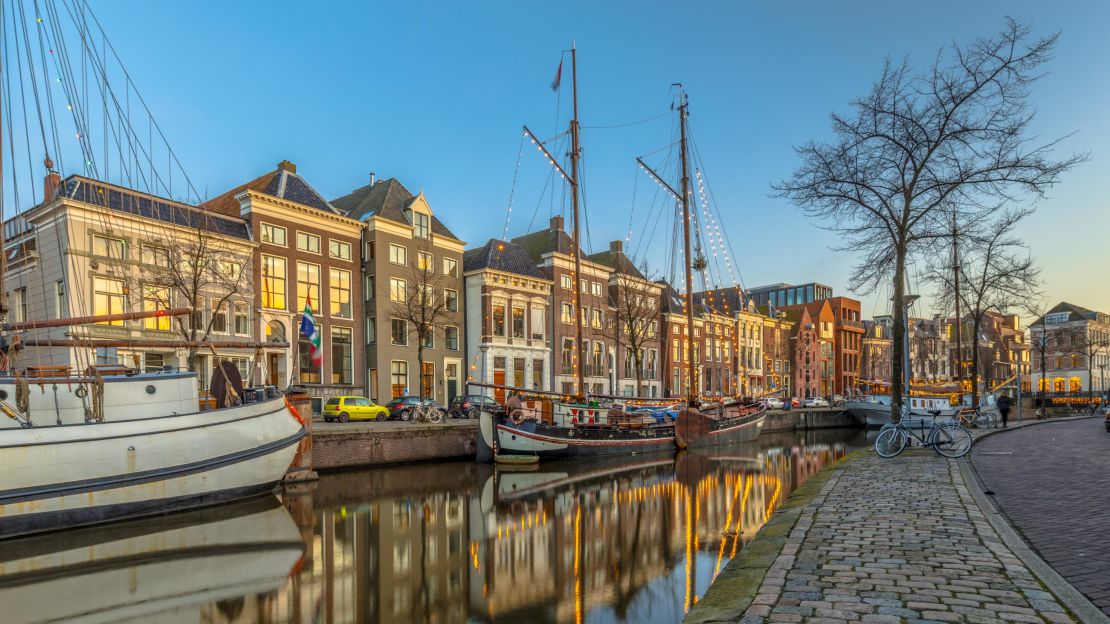
Groningen, Netherlands
Young and hip, Groningen is a winning alternative to Amsterdam. The canals and classic Dutch buildings are all in evidence, but without the bustling hordes of tourists. The bike is king here, with the majority of journeys taken on two wheels.
The routes are flat and easy, so hire one and head off to explore. Clamber to the top of the Martini Tower and take a stroll around the Noorderplantsoen park.
The Cairngorms, Scotland
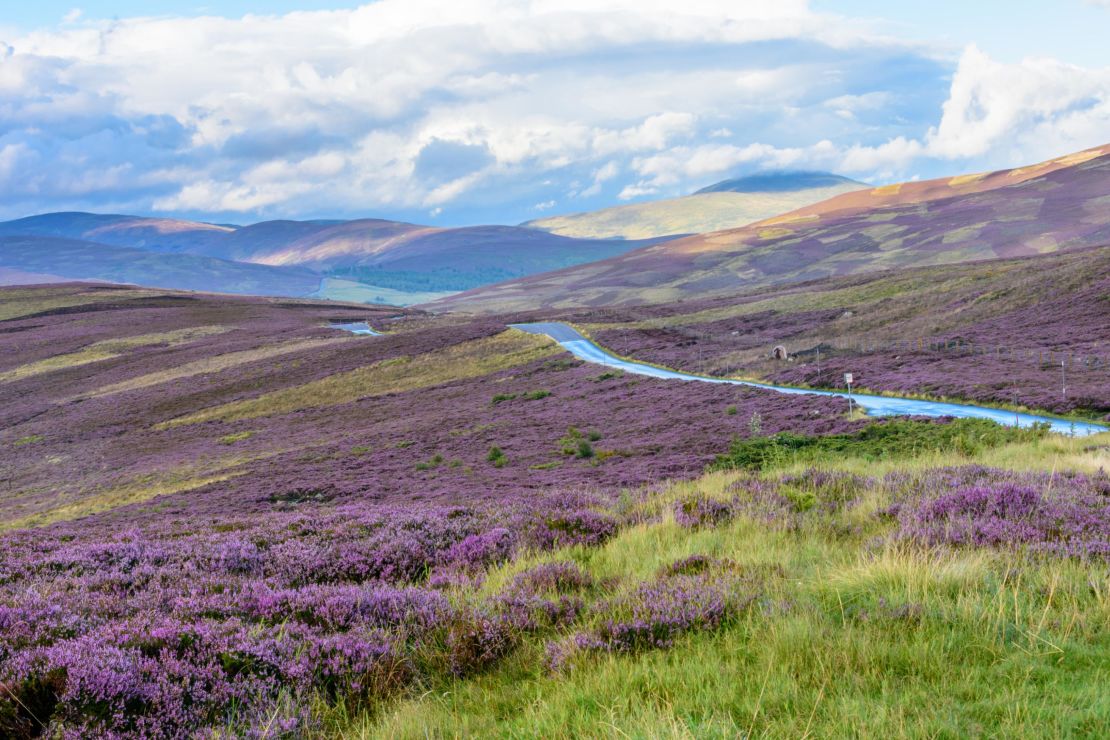
Scotland’s second national park is widely regarded as one of the wildest places in mainland Britain. The Cairngorms is a haven for those who prefer to spend life outdoors, with the Ben Macdui and Cairn Gorm peaks attracting hardy hikers all year round.
There’s skiing available in the depths of winter, while wildlife lovers can spend days looking for golden eagles, red squirrels, mountain hares and the fiendishly hard-to-spot Scottish wildcat. Those who prefer time indoors can explore Blair or Corgarff castles or sip on single malt at the Dalwhinnie Distillery.



















